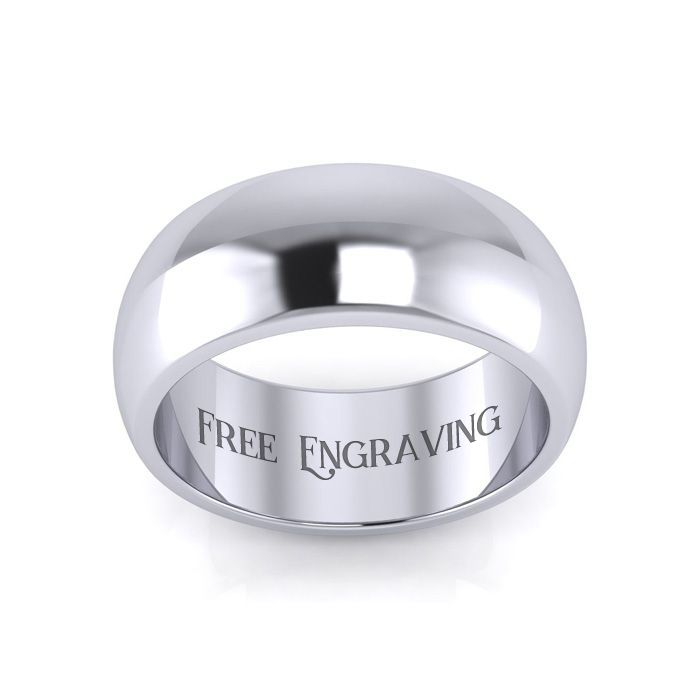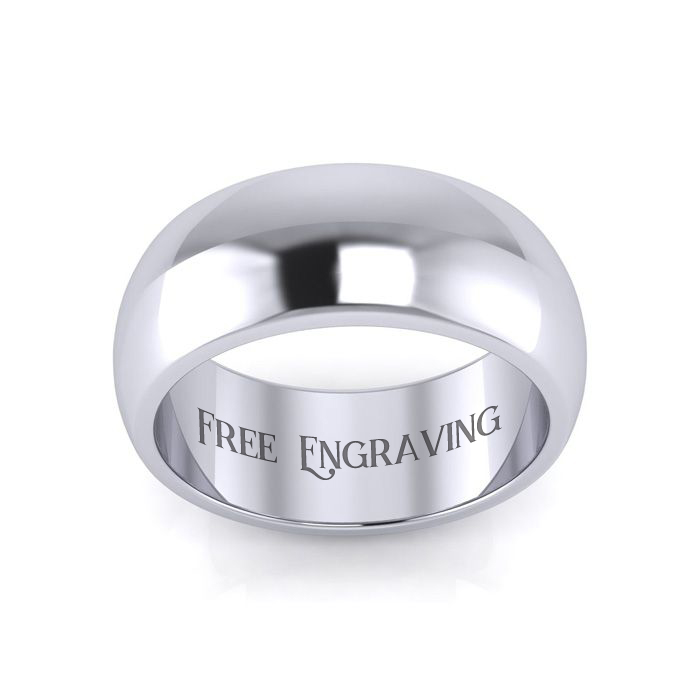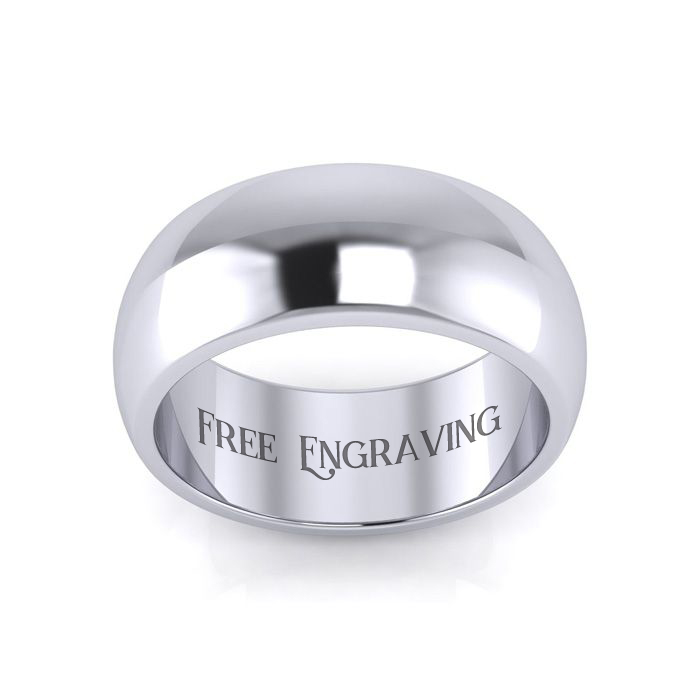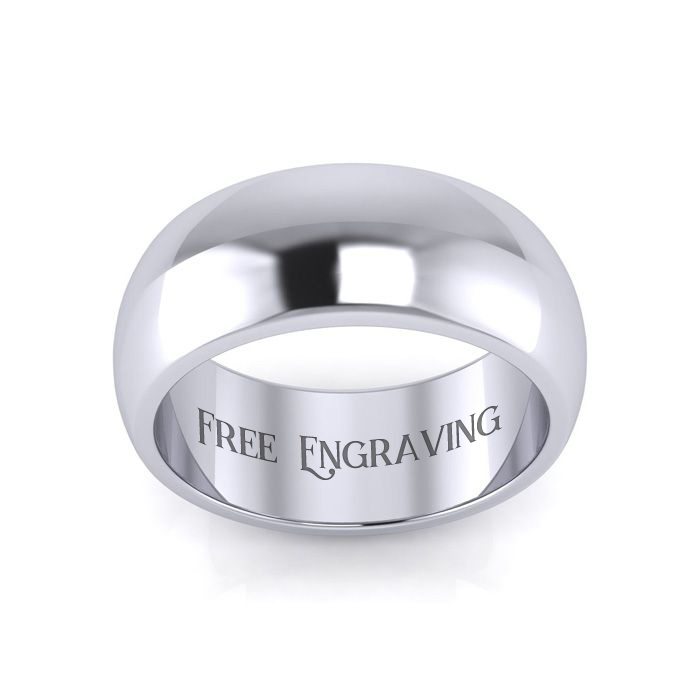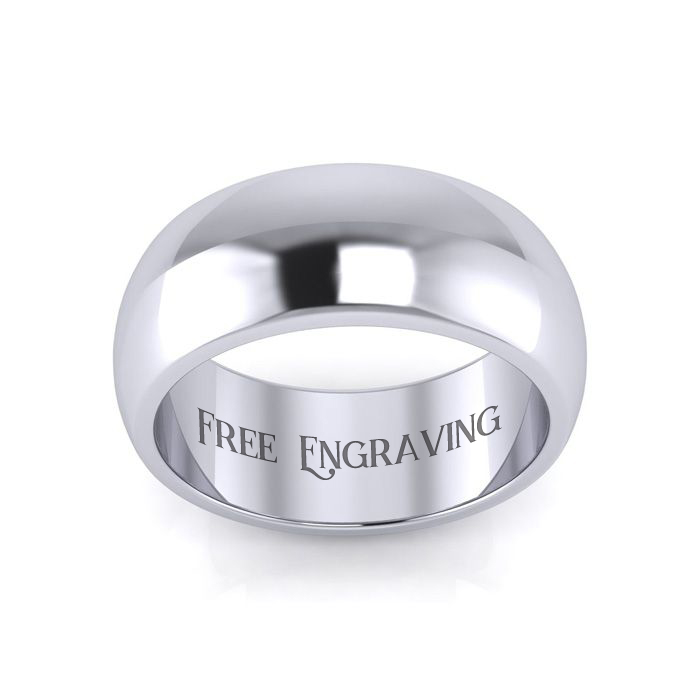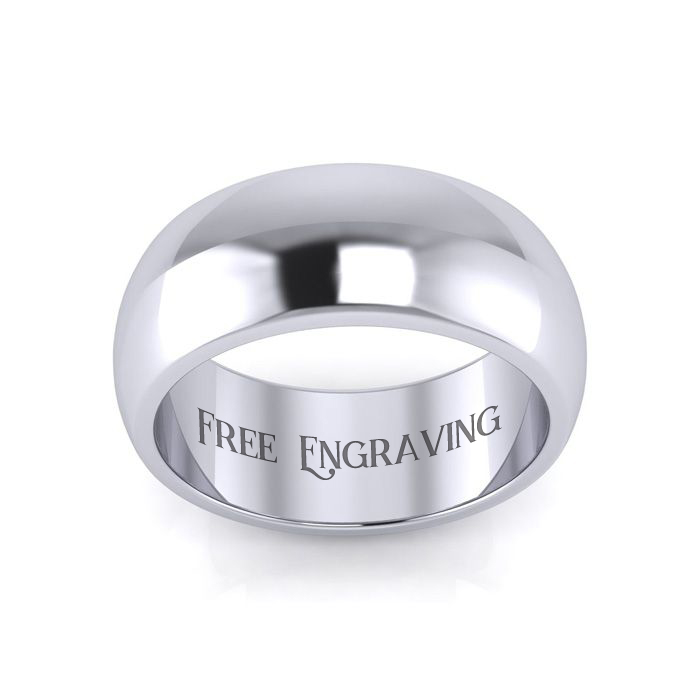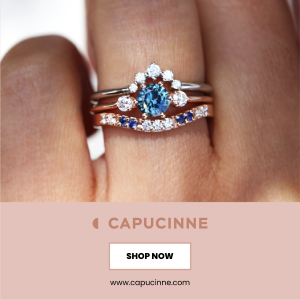
Spodumene Gemstone Buying Guide at DDB
The different colored varieties of this stone, which are known under different names, are unfamiliar to the general public. They are seen mostly in the U.S.A., where they are very popular. Spodumene Gemstone Buying Guide at DDB Cut stones are mounted in attractive jewelry, although good specimens are rare and realize high prices.
The General Term Spodumene, or spodumene, comprises various colored transparent stones of a like chemical composition. Spodumene Gemstone Buying Guide at DDB The chief is kunzite, a very beautiful limpid lilac-red or pink stone at its best, although many stones possess only a delicate, faint tinge of color. Hiddenite is the clear, emerald green variety, and there is a yellow spodumene of a lemon yellow shade.
All are very attractive and most suitable as Jewel Stones, but their comparative softness and easy cleavage are disadvantages. Spodumene Gemstone Buying Guide at DDB They are easily fractured, and great care must be taken in wearing and handling them. The easy cleavage is due to their perfect lamellar structure.
Crystals, often large, are usually prismatic in form, and they belong to the monoclinic system. Chemically, Spodumene is a Member of The Pyroxene Group of Minerals and consists of a silicate of lithium and aluminum; it is one of the few minerals which contains the rare element lithium. Spodumene Gemstone Buying Guide at DDB Dichroism is very marked in all the varieties. Hardness varies from 6 1/2 to 7, specific gravity is 3.20, and refractive indices 1.66-1.67. Stones are faceted for use in jewelry, and they show a good luster. Kunzite is often cut very deeply, or "thick," as it is known in the trade. Spodumene Gemstone Buying Guide at DDB This deep cutting, by which the depth of the stone is increased in proportion to its width, is also seen in most Siberian amethysts and native cut sapphires, the object being to accentuate the color.
It was not until 1902 that the Sicklers, father and son, Discovered the Lilac-red Spodumene. The stones were mined in the White Queen Mine on Mount Hiriart, California, and they were classified a year later by the late Dr. G. F. Kunz, after whom they were named. One of the chief sources of supply is the Pala Chief Mine, which also produces fine tourmalines. Spodumene Gemstone Buying Guide at DDB In San Diego County, California, the stone is found in fair quantity and in good qualities. Brazil, California, and Madagascar supply good gem material (for some time, California was the only known source), but hiddenite is also confined to one locality only, at Stony Point, Alexander County, N. Carolina. The latter stone usually occurs in small crystals only, deposited in cavities of pegmatite. Spodumene Gemstone Buying Guide at DDB Yellow spodumene comes from Minas Novas in Brazil, but many specimens are rather pale and dull, and they are hardly worth cutting. A few stones have also been found some 90 miles N.W. of Winnipeg, Canada.
Kunzite shows luminescence when subjected to radium emanations, and altogether shows a strong similarity to pink topaz. Spodumene Gemstone Buying Guide at DDB It is, however, softer and lighter. Some specimens show a pale violet tint which is reminiscent of amethyst, and for this reason, they are occasionally called lithia amethyst. Hiddenite is also sometimes called lithia emerald; it was named after W. E. Hidden, who first discovered the variety in the year 1881.
Spodumene is a term which is derived from the Greek spodos, meaning "ashes," for many ordinary specimens are dull gray in color. Spodumene Gemstone Buying Guide at DDB Before the blow-pipe, it does assume the form of ashes, but it is not acted on by acids. The non-gem material, found in South Dakota, North Carolina, and Argentina, is commonly used in the manufacture of lithium salts.









